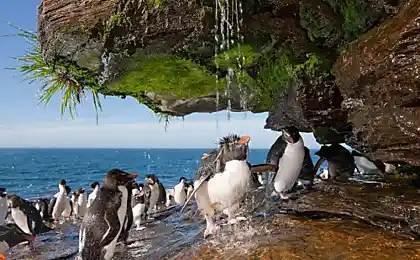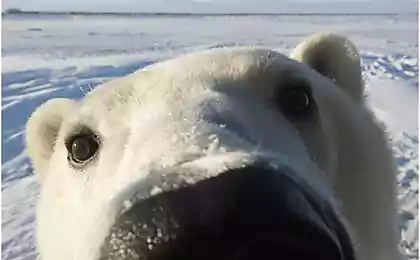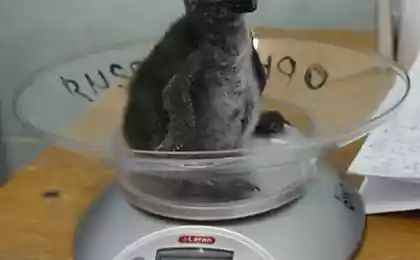1852
For some reason, the penguins do not freeze your feet?
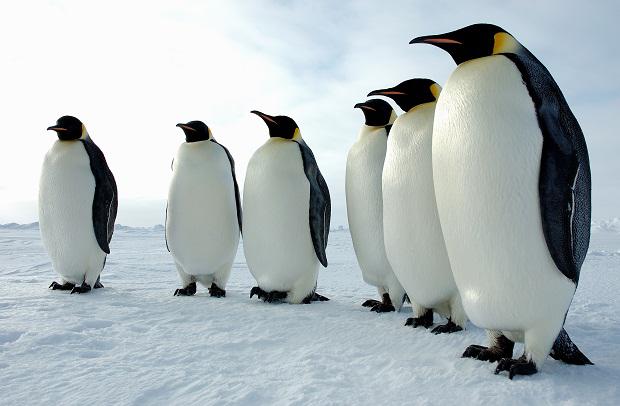
Penguin - interesting, unique suschestvo.Krome that this - the only bird on the planet, able to swim, but not able to fly, of all modern birds penguins move only "standing". But of particular interest is their ability to survive in one of the toughest places on earth: Antarctica. The average annual temperature in the region of the South Pole all -49, 3 degrees Celsius, and the record low -89 degrees. Add to this the wind speed which sometimes reaches 100 m / s and obtain conditions under which seemingly is simply not possible to survive. However, the entire coastal part of the continent inhabited by huge imperial and Adélie penguins. Most of these birds spend life in the sea, sometimes sinking up to five hundred meters into the icy water, which did not penetrate even the sun's rays. Nature took care of their survival, providing a unique mechanism termoregulyatsii.
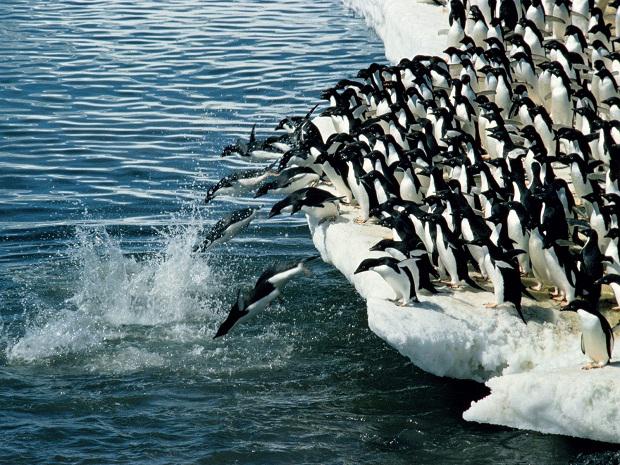
Keep warm in such harsh conditions penguin helps fat layer thickness up to 3 cm, above which is a three-layer waterproof feathers, evenly covering the whole body of a bird. Such a "suit" protected from getting wet, moreover, the air between the feathers can store heat in the water, and blown to the outdoor space. Deserves special attention in the only heat the exposed parts of the body of penguins - feet. Amazing! Lacking sufficient protection, foot birds do not freeze, allowing to stand for hours in the cold, or swim in the icy vode.
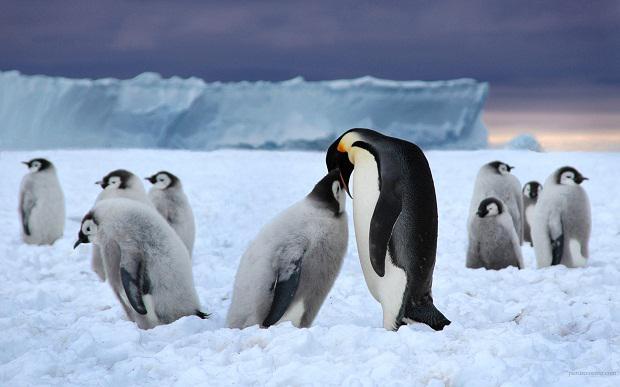
Frost saves them reduce heat loss: hot arterial blood in the legs penguins its heat counter flow of venous blood and thus cools. This effect is achieved thanks to an unusually close relative position of the arteries and veins, and is called the principle of reverse outflow. The temperature of the feet chinstrap penguins usually about 4 degrees, which not only promotes the conservation of heat, but also allows you to move freely on the ice. But surely warm feet would melt ice and frozen into it.
Source: po4emu.ru/index.php?id=216







